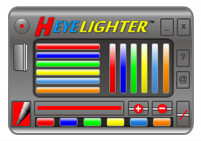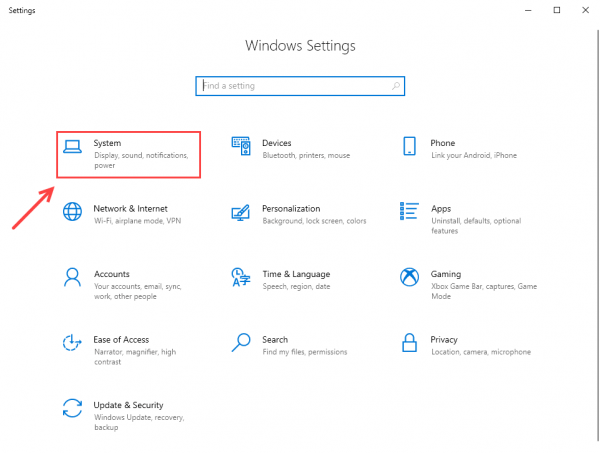
Combine vector tile sourcesĬombining sources will reduce the number of sources and, as a result, the render time. You can create vector tilesets using the Mapbox Uploads API or by uploading data on the Mapbox Studio Tilesets page. This strategy works well when working with large datasets that don't need to be updated quickly.

#SCREEN MARKER THAT PERSISTS OVER APPLICATIONS UPDATE#
Feature geometries are also simplified meaning there are fewer vertices resulting in reduced render, source update, and layer update times. The renderer splits features in vector tilesets into tiles which allows GL JS to load only the features that are visible on the map. Use vector tileset sources over GeoJSON data sources when possible. For more on data-driven styling see the Map design guide and our Graduated circle map tutorial with Mapbox GL JS data-driven styles tutorial. This strategy works well for layers with many features of the same type (fill, line, circle, symbol, or fill-extrusion) that are either styled similarly or whose styles vary by the value of a specific data field. Combine layersĬombining layers that use similar styles or that can be styled using data-driven styling will reduce the number of layers, in turn reducing the render time. When looking for opportunities to improve the performance of your map, look for ways in which you can reduce the number of layers, number of sources, or the complexity of the features in the data that is being rendered. Layer update time = constant time + Strategies for improving performance Layer update time is a function of the number of vertices in the features the layer contains: The layer update time refers to how quickly changes to a layer, using runtime styling, are visible on the map. Source update time = constant time + + Layer update time

Source update time is a function of the number of layers that use the updated source and the number of vertices in the features it contains: The source update time refers to how quickly changes to a GeoJSON source are visible on the map. Render time = constant time + + + Source update time Render time is a function of the number of sources, the number of layers, and the number of vertices in the features they contain: The render time refers to how quickly Mapbox GL JS draws a map on your screen as you move around or zoom in and out of the map. The performance of your Mapbox GL JS maps can be measured as render time, source update time, or layer update time.


 0 kommentar(er)
0 kommentar(er)
